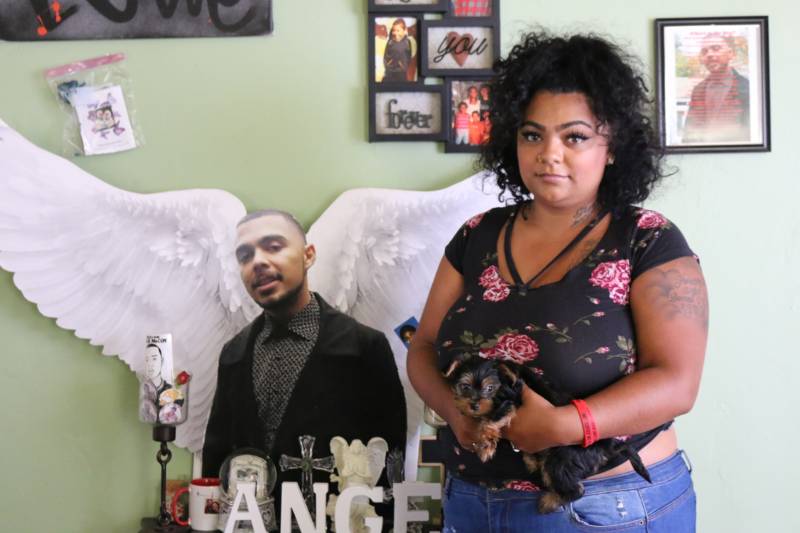The recent wave of protests for police accountability in Vallejo started back in 2017. That’s when Angel Ramos, 21, was fatally shot by an officer who thought he was stabbing another person during a fight. But no knife was found near him. Since then, his sister Alicia Saddler has been trying to change the narrative about what happened, which has largely been controlled by law enforcement and the city. Now, new activists and more families who’ve lost loved ones to police shootings are joining in to pressure the city for answers. But what happens when you take on an institution that we’re meant to trust?
Read the Full Story
This is episode two in The Bay’s three part series on Vallejo policing shootings.
This story was reported and produced by KQED’s local news podcast, The Bay. Click the “listen” button above to hear the episode.
Subscribe to The Bay on any of your favorite podcast apps to hear more local, Bay Area stories like this one. New episodes are released Monday, Wednesday and Friday at 3 a.m. Find The Bay on Apple Podcasts, Spotify, Stitcher, NPR One, or via Alexa.

